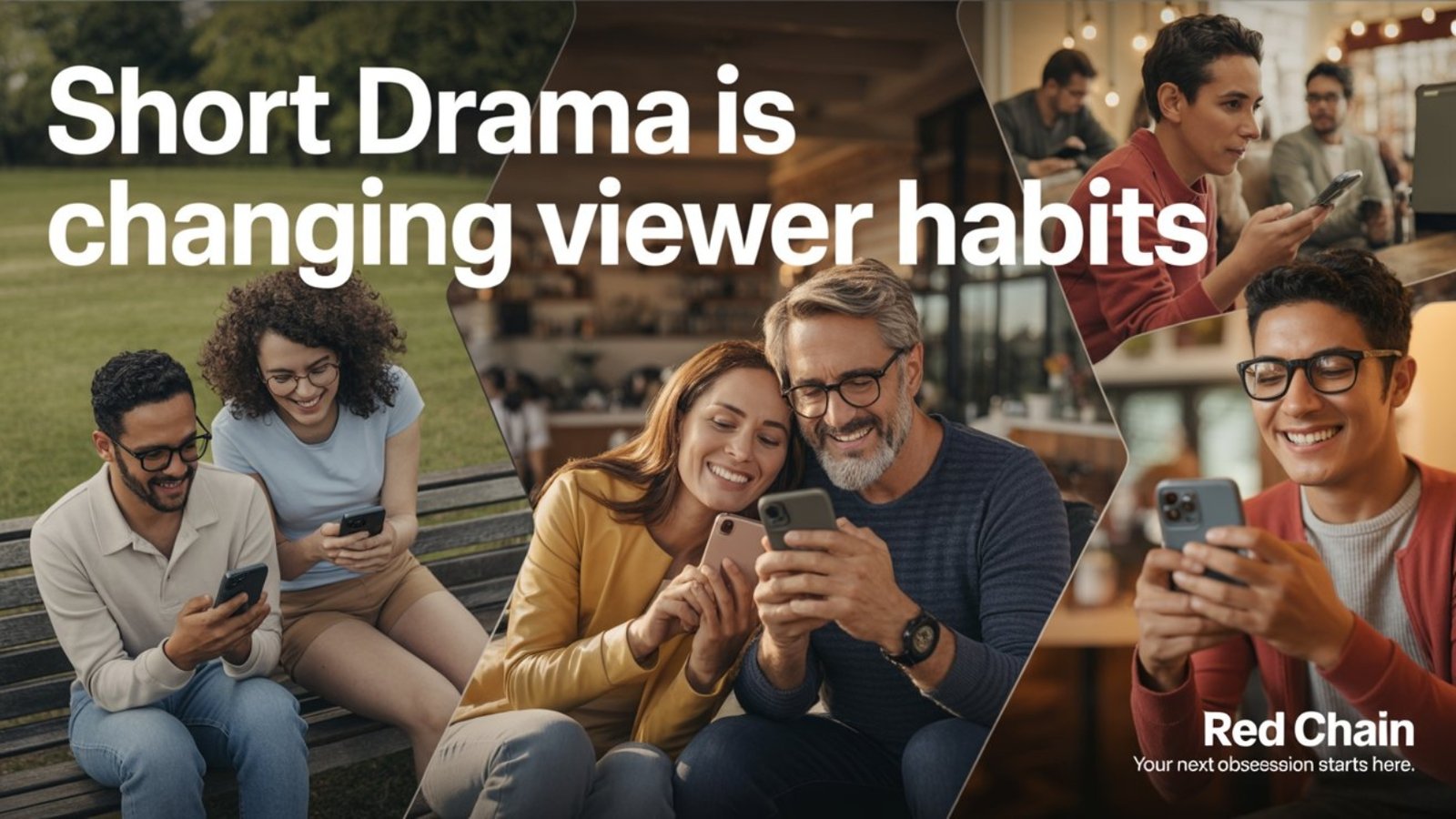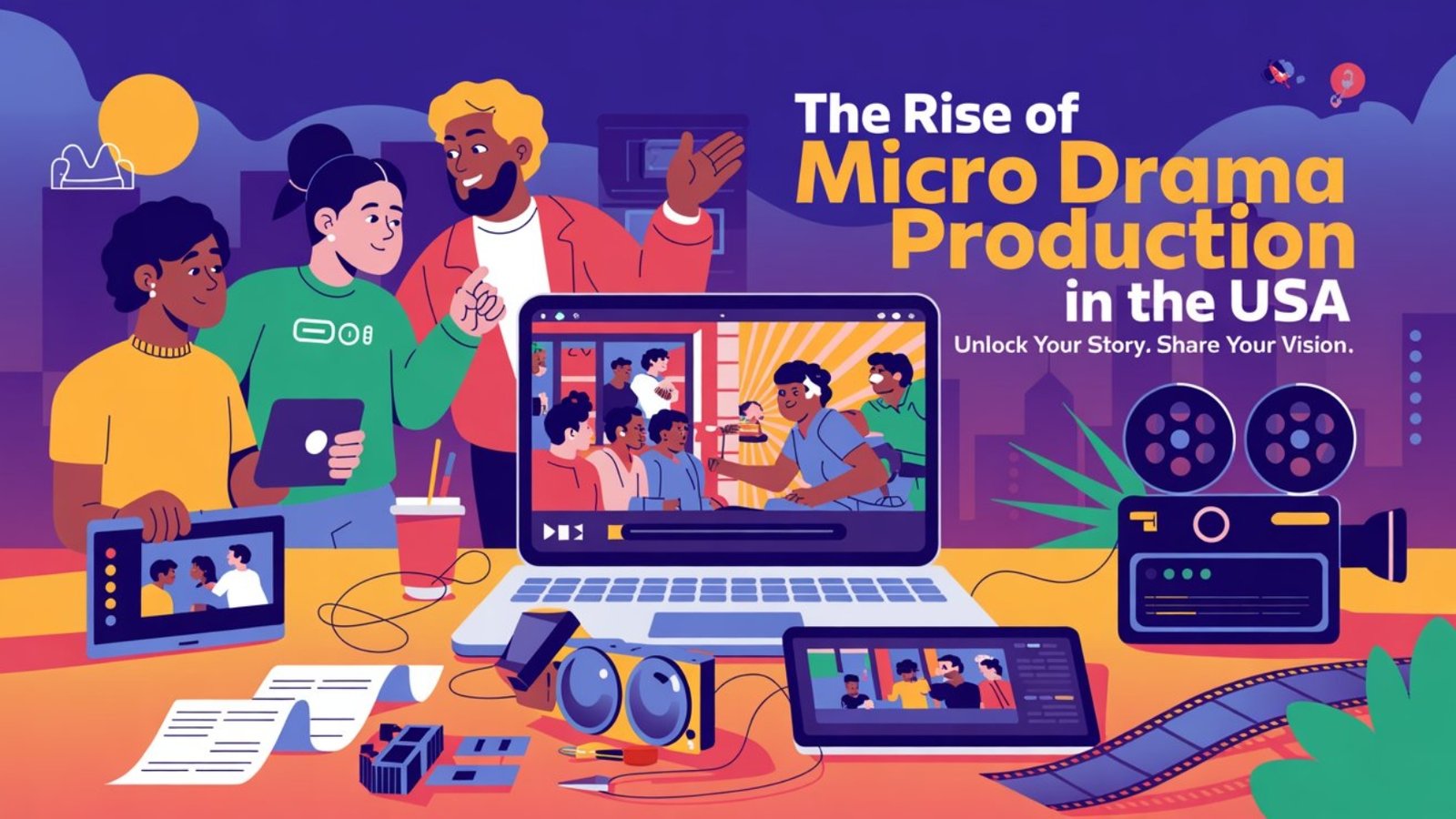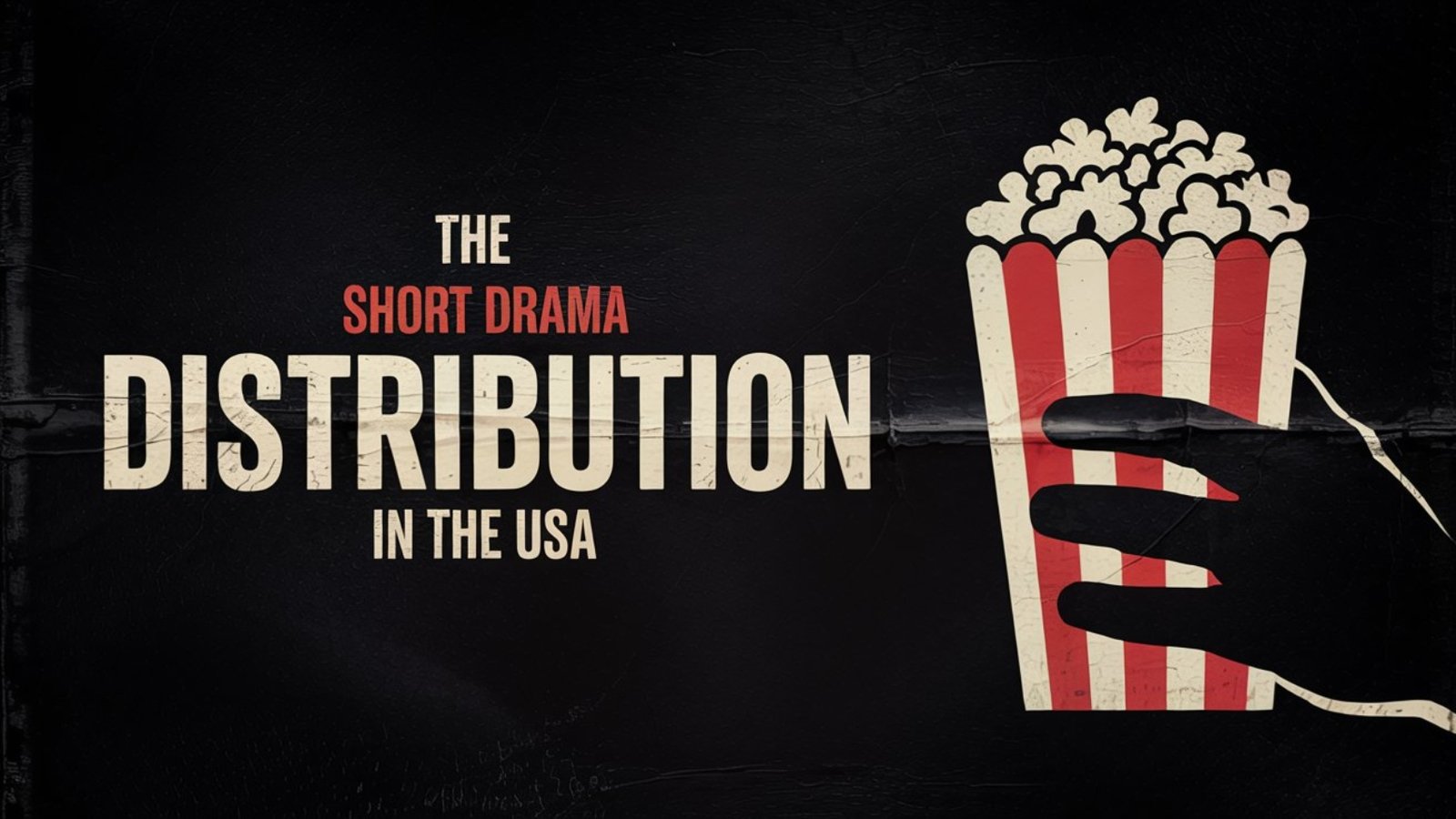Introduction
In an era defined by fleeting attention spans and on-demand entertainment, short-form dramas—bite-sized, episodic stories typically lasting 1 to 15 minutes per episode—have surged in popularity. Platforms like TikTok, YouTube, Instagram Reels, and dedicated streaming services such as ReelShort and DramaBox have embraced this format, delivering compelling narratives that fit into busy lifestyles. This article explores how short dramas are reshaping viewer habits, influencing content consumption patterns, and redefining storytelling in the digital age.
The Rise of Short-Form Content
Short dramas have capitalized on the broader trend of short-form video content, which has exploded thanks to social media platforms. According to a 2023 study by eMarketer, adults in the U.S. spend an average of 75 minutes daily on mobile video content, with short-form videos accounting for a significant portion. The appeal lies in their accessibility: viewers can watch an episode during a commute, lunch break, or while waiting in line. Unlike traditional TV dramas requiring hour-long commitments, short dramas deliver quick emotional payoffs, making them ideal for today’s fast-paced world.
Key Ways Short Dramas Are Changing Viewer Habits
1. Binge-Watching in Micro-Doses
Short dramas have introduced a new kind of binge-watching. Instead of dedicating hours to a single series, viewers consume multiple episodes in quick succession, often finishing a season in under an hour. This “micro-binge” format caters to viewers who crave instant gratification but lack the time for traditional marathons. For example, platforms like ReelShort report that users often watch 5–10 episodes in one sitting, with each episode lasting 1–2 minutes.
2. Increased Engagement Through Interactivity
Many short drama platforms integrate interactive elements, such as polls, comments, or choose-your-own-adventure-style narratives, fostering a participatory viewing experience. TikTok and YouTube creators often encourage audience feedback, which influences future episodes or story arcs. This interactivity keeps viewers hooked, as they feel like active contributors rather than passive consumers. A 2024 report from Statista noted that 68% of Gen Z viewers prefer content that allows for some form of interaction.
3. Adapting to Shorter Attention Spans
Short dramas are designed for audiences accustomed to rapid content consumption. By packing emotional depth, plot twists, and cliffhangers into a few minutes, these dramas maintain viewer interest without demanding prolonged focus. Neuroscientific studies, such as one from Microsoft in 2020, suggest that the average human attention span has dropped to about 8 seconds. Short dramas align perfectly with this shift, delivering high-impact storytelling in compact packages.
4. Mobile-First Viewing
Unlike traditional dramas optimized for TVs or laptops, short dramas are tailored for smartphones. Vertical video formats, optimized for mobile screens, make them easy to watch on the go. According to a 2024 Nielsen report, 60% of short-form video consumption occurs on mobile devices. This mobile-first approach has shifted viewing habits away from scheduled TV watching toward spontaneous, location-independent consumption.
5. Diversifying Content and Accessibility
Short dramas often cater to niche audiences, offering stories that may not find a place in mainstream media. From romantic micro-series to fantasy and thriller vignettes, these dramas provide diverse narratives that resonate with underrepresented groups. Additionally, their low production costs allow creators from various backgrounds to enter the market, democratizing storytelling. Platforms like DramaBox have reported a 40% increase in viewership for non-English short dramas in 2024, reflecting global appeal.
The Impact on Traditional Media
The success of short dramas is pressuring traditional media to adapt. Streaming giants like Netflix and Amazon Prime have experimented with shorter episodes, such as Netflix’s “Love, Death & Robots,” which features episodes as brief as 6 minutes. Meanwhile, TV networks face declining viewership among younger audiences, who prefer the flexibility of short-form content. A 2024 survey by Deloitte found that 55% of Gen Z and Millennials prefer short-form videos over traditional TV shows.
Challenges and Criticisms
Despite their popularity, short dramas face challenges. Critics argue that their brevity sacrifices character development and narrative depth, leading to formulaic or overly sensationalized plots. Additionally, the reliance on ad-driven or subscription-based models can frustrate viewers, especially when episodes are locked behind paywalls. Privacy concerns also arise, as platforms collect extensive data to personalize recommendations, raising questions about user consent and data security.
The Future of Short Dramas
As technology evolves, so will short dramas. Advances in AI-driven content creation could enable hyper-personalized stories tailored to individual viewer preferences. Virtual and augmented reality may introduce immersive short dramas, blending gaming and storytelling. Moreover, as 5G networks expand, seamless streaming will further boost mobile consumption. Industry experts predict that by 2027, short-form video will account for 50% of global streaming revenue, underscoring the format’s staying power.
Conclusion
Short dramas are more than a passing trend; they are a cultural shift in how stories are told and consumed. By catering to shorter attention spans, mobile lifestyles, and a desire for interactive and diverse content, they have redefined viewer habits. As traditional media scrambles to keep up, short dramas are paving the way for a new era of storytelling—one that is fast, accessible, and deeply engaging. For viewers, the appeal is clear: in a world where time is scarce, short dramas deliver maximum entertainment in minimal time.



